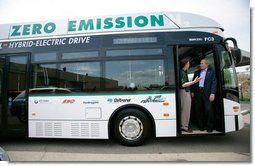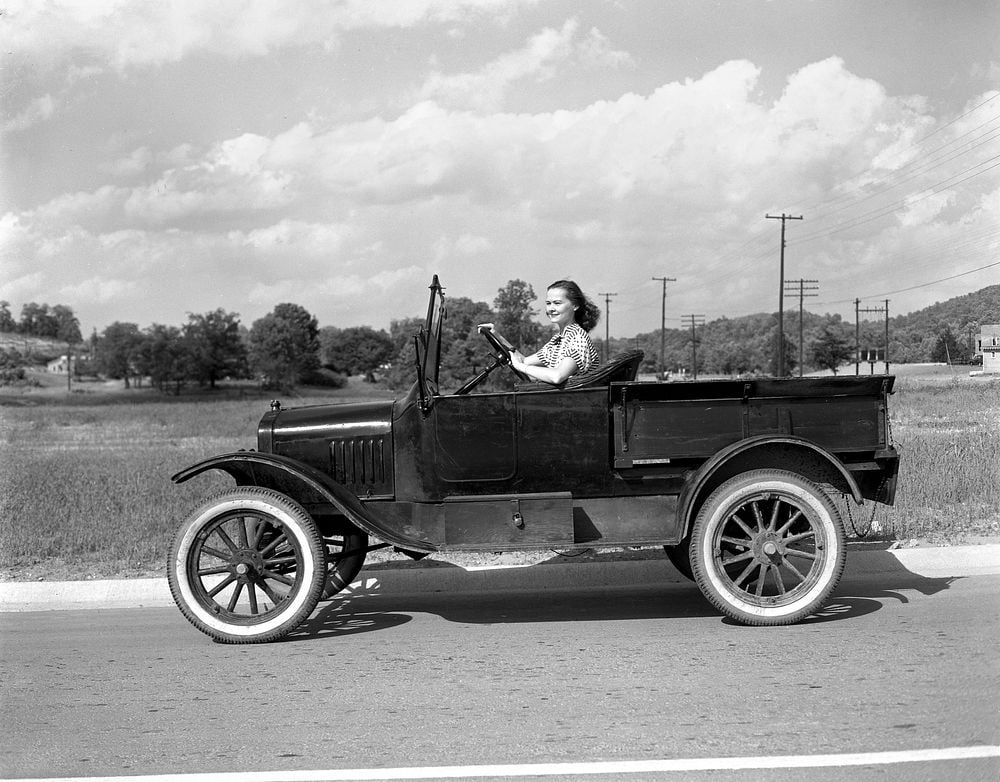
The automotive industry is in a constant state of evolution, with manufacturers consistently pushing the boundaries of technology to enhance the driving experience. From advanced safety systems to sophisticated infotainment, the modern car is often a testament to engineering prowess. However, not every innovation hits the mark, and some high-tech features, despite their initial allure, frequently end up being more trouble than they’re worth.
Automakers are certainly in a race to build the most luxurious and feature-rich vehicles, and this often translates into higher price tags for consumers. While some technological advancements truly improve safety, convenience, or performance, others turn out to be “downright useless,” as one source notes, leaving owners with costly repairs and little practical benefit. Many of these features, introduced with great fanfare, become “borderline useless” additions that follow each new generation of cars.
In this in-depth look, we’ll explore some of the most prominent high-tech car features that, according to driver experience and expert analysis, are proving to be more gimmicks than essential tools. We’ll delve into why these innovations often fail to deliver on their promises, examining their real-world utility and assessing whether the added complexity and cost are truly justified for the average car owner.

1. **Satellite Radio**
When the discussion turns to automotive features that quickly became redundant, satellite radio often tops the list. Its rise coincided unfortunately with the explosion of personal music players like the iPod, which allowed users to carry their entire music catalog without monthly fees. This immediate competition set the stage for satellite radio’s eventual decline in relevance, as consumers questioned the value proposition of a paid subscription versus free, personalized music.
The “final death knell for Satellite radio was the rise of streaming services such as Spotify and Pandora.” These platforms offered not only vast libraries of music but also on-demand access and curated playlists, all through a device most people already owned: their smartphone. Streaming services quickly surpassed satellite radio in content diversity and audio quality, providing a superior user experience that was both more flexible and often more cost-effective.
Despite these clear market shifts, “most new cars come with Satellite radio as an option,” and car companies “continue to try and push these subscriptions onto new car shoppers.” However, “most car shoppers don’t want it,” recognizing that built-in satellite radio decks are rapidly becoming “a thing of the past.” The convenience of “streaming from your phone is a whole lot easier,” rendering the dedicated satellite radio system an increasingly “outdated” feature that offers little to modern drivers already equipped with powerful mobile devices and robust data plans.
Read more about: 2025 Honda Ridgeline Refresh: A Car and Driver Deep Dive into the Future of Midsize Pickups
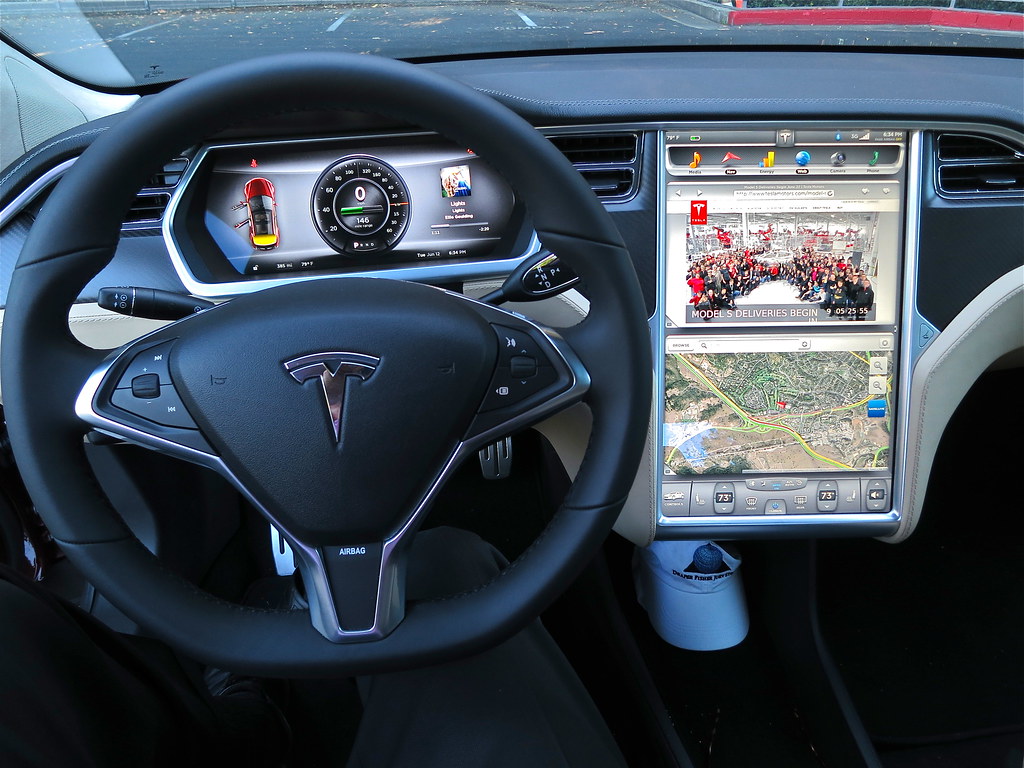
2. **Gesture Control Systems**
Introduced with a futuristic promise, gesture control systems aimed to simplify interactions within the car, allowing drivers to manage functions like audio volume or navigation with a simple wave of the hand. The vision was to reduce driver distraction by minimizing the need to fumble with physical buttons, thereby keeping eyes on the road and hands on the wheel. However, the reality of these systems often fell short of the idealized concept.
A significant drawback drivers frequently encounter is the system’s inconsistency in recognizing hand movements. “The technology often misreads hand movements, leading to incorrect commands or unintentional adjustments.” This lack of precision can quickly turn a supposed convenience into a source of frustration. Imagine trying to turn down the radio and inadvertently changing the navigation destination or activating an entirely different function.
Consequently, “many drivers find gesture controls more of a distraction than a helpful tool.” Rather than enhancing safety or convenience, the need to perform specific, often exaggerated, gestures while simultaneously focusing on the road can increase cognitive load. Ultimately, for most practical applications, “using physical buttons or voice controls is more efficient and reliable,” highlighting that sometimes, the simplest solutions remain the best.
Read more about: Navigating the World Solo After 60: 14 Essential Tips for a Safe and Empowering Journey
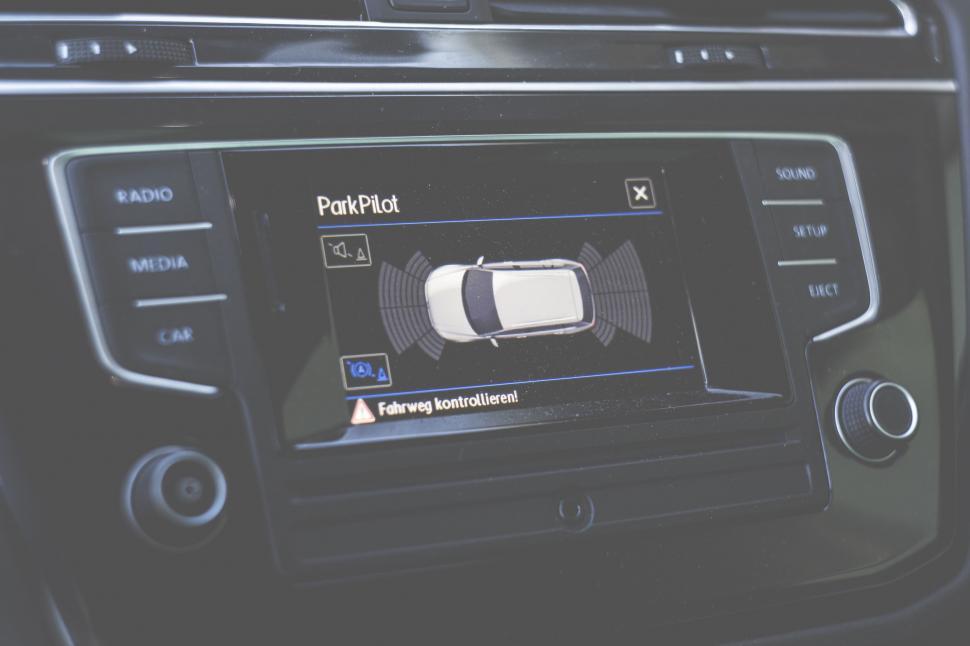
3. **Automated Parking Assist**
Automated parking assist, a feature designed to take the stress out of parallel and perpendicular parking, promised a future where even the most challenging spots could be conquered with minimal driver input. The idea was compelling: let the car handle the tricky steering and throttle adjustments while the driver supervised. In theory, this would democratize confident parking for everyone, especially in congested urban environments.
However, the real-world application of automated parking assist often reveals its limitations. “It often struggles with real-world conditions like tight spots or poor weather.” Factors such as faded lane markings, oddly parked vehicles, or inclement visibility can confuse the sensors, preventing the system from engaging or executing the maneuver correctly. This inconsistency can lead to frustrating moments where the system hesitates or fails completely.
“The system’s inconsistency leaves many drivers anxious, especially when it hesitates or fails to park correctly.” This anxiety is compounded by the fact that drivers often find themselves “manually intervening to complete the parking process” when the system falters. Despite its “high-tech allure,” automated parking assist “hasn’t become a must-have feature” for many, who prefer the reliable, albeit sometimes more effortful, control of manual parking. Its advanced capabilities are often overshadowed by its practical shortcomings.
Read more about: The Digital Black Box: Unpacking How Your Car Collects and Sells Your Most Intimate Data
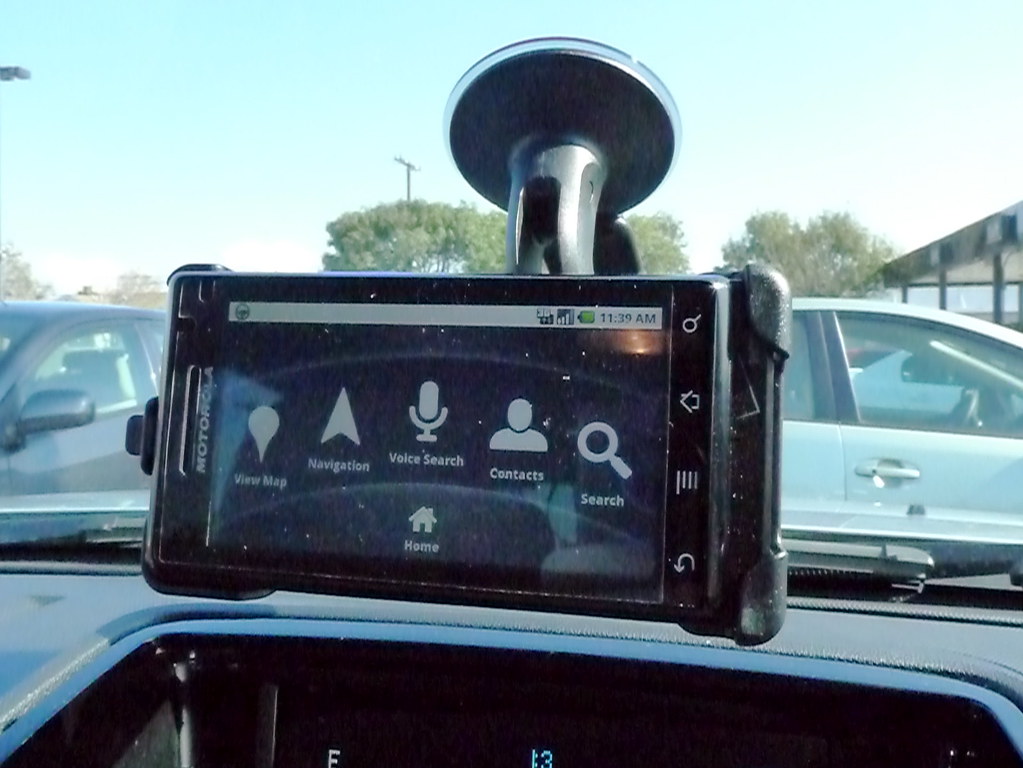
4. **Voice-Activated Commands**
Voice-activated systems were heralded as a major step forward in in-car convenience and safety, designed explicitly “to keep drivers’ hands on the wheel by allowing them to control features through spoken commands.” The concept was simple: speak your desire, and the car would obey, managing everything from climate control to navigation inputs without requiring drivers to divert their gaze or touch a button. This promised to streamline interactions and minimize distractions.
Unfortunately, the practical implementation of these systems has been plagued by a fundamental flaw: comprehension. “Many of these systems have trouble understanding accents or speech in noisy environments, resulting in frequent miscommunications.” A quiet test environment is one thing, but the reality of driving – with road noise, passenger conversations, and varying dialects – often proves too challenging for the current generation of voice recognition technology.
The frustration stemming from repeated failed attempts is a common complaint among users. Drivers often find themselves “resort to manual inputs after several failed attempts, negating the convenience” that the system was supposed to provide. Instead of a seamless interaction, it becomes a battle against the technology, ultimately proving more time-consuming and distracting than simply pressing a button or turning a dial. Until these systems can reliably understand natural speech in real-world conditions, their utility remains severely limited.
Read more about: 2025 Luxury SUVs: A CNET Deep Dive into Rear-Seat Tech Comparisons
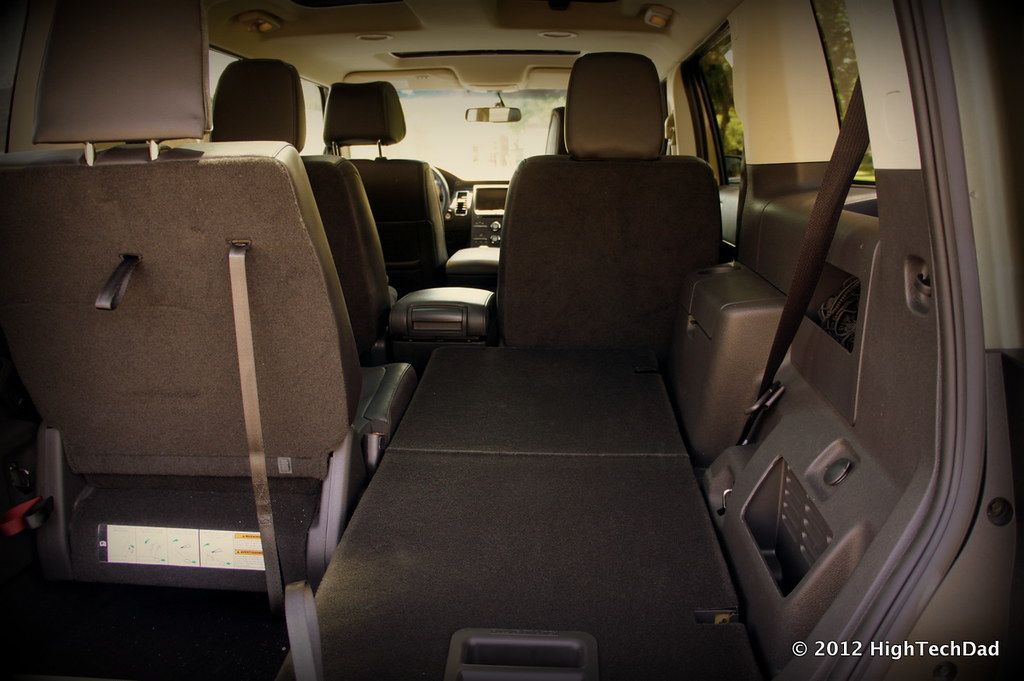
5. **Rear-Seat Entertainment Systems**
Once considered a premium, “family-friendly addition,” rear-seat entertainment systems, typically comprising screens mounted on the back of the front seats, offered a way to keep passengers, especially children, occupied during long journeys. The idea was to provide a dedicated, integrated platform for watching movies or playing games, thereby reducing backseat squabbles and making road trips more peaceful for everyone.
However, the rapid advancement and ubiquity of personal electronic devices have rendered these built-in systems largely obsolete. “Rear-seat entertainment systems are now overshadowed by personal devices like smartphones and tablets.” Modern tablets offer superior resolution, processing power, and, crucially, the versatility of access to a vast array of streaming services, games, and apps – all features that integrated car systems struggle to match.
These in-car systems often “tend to be slow and lack the versatility offered by modern streaming services.” They typically come with limited content options or require physical media, which is inconvenient in the age of digital downloads. Moreover, “the cost of including these systems often outweighs their actual utility.” Given that “families today prefer using their portable gadgets,” the dedicated rear-seat entertainment system has indeed become “a thing of the past,” representing an unnecessary expense for new car buyers.
Read more about: 2025 Luxury SUVs: A CNET Deep Dive into Rear-Seat Tech Comparisons
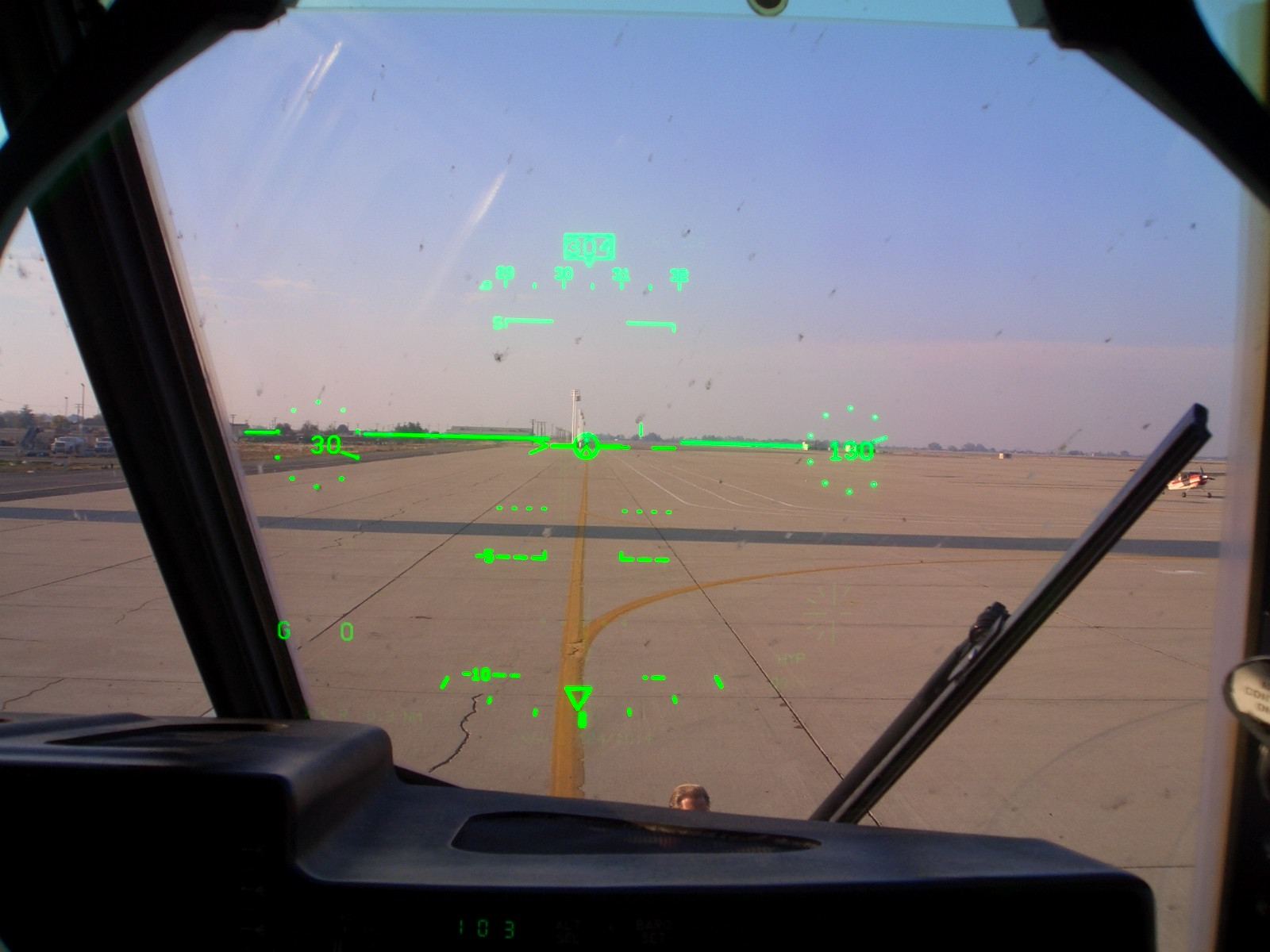
6. **Head-Up Displays (HUDs)**
Head-up displays, or HUDs, were introduced with the noble goal of enhancing driver safety by projecting “essential driving information onto the windshield, keeping the driver’s eyes on the road.” The theory is that by presenting speed, navigation cues, and other critical data directly in the driver’s line of sight, the need to glance down at the instrument cluster would be eliminated, thereby reducing momentary distractions.
While the concept holds appeal, its execution often introduces new problems. “Many drivers find the display distracting, especially in bright conditions or while wearing polarized sunglasses.” Glare can render the projection unreadable, and the overlay of digital information on the real-world view can itself be a source of cognitive load. For some, the visual information, even when well-placed, simply adds another layer to process, rather than simplifying the driving task.
Furthermore, “the data shown is usually redundant, as it’s available on the dashboard.” Drivers are already accustomed to obtaining this information from their instrument cluster, making the HUD an alternative display rather than a truly unique or indispensable one. “After the initial novelty fades, most people stop relying on HUDs altogether,” finding that the traditional dashboard provides all the necessary information without the potential for visual clutter or interference, ultimately making the HUD “worthless” for many.
Read more about: The 14 Car Features Drivers Are Paying For But Rarely Use: An Expert Dive Into Unutilized Tech
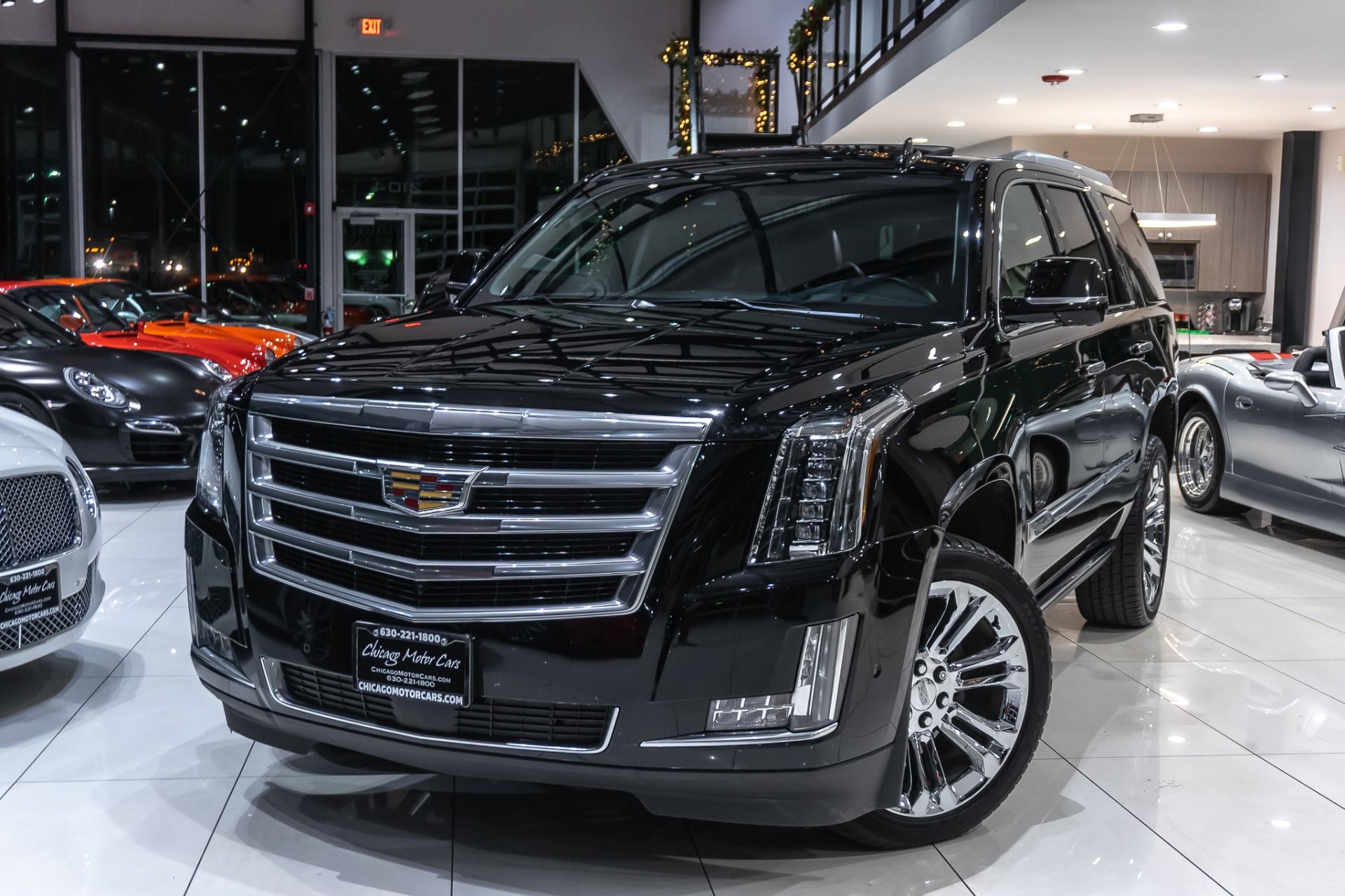
7. **Lane-Keep Assist**
Lane-keep assist systems were designed with a clear safety objective: “to improve safety by helping drivers stay within their lanes.” Utilizing cameras and sensors, these systems are intended to gently nudge the vehicle back into its lane if it begins to drift without the turn signal being activated, thereby preventing accidental lane departures and potential collisions. It’s a key component of many modern advanced driver-assistance systems (ADAS).
However, the real-world performance of lane-keep assist has often been “problematic.” While seemingly beneficial on perfectly straight, well-marked highways, its application in more dynamic driving scenarios can be less than ideal. “The system often issues unnecessary corrections on winding roads or in construction zones,” where lane markings might be ambiguous, temporary, or where the driver intentionally crosses a line for safety reasons.
These unsolicited interventions can be jarring and “causing more frustration than assistance” for the driver. Instead of feeling supported, drivers often feel that the system is fighting against their intended inputs. As a result of these frequent inconveniences and the feeling of losing control, “drivers tend to switch it off after encountering these inconveniences,” rendering an intended safety feature inactive and an expensive, unused addition to the vehicle.
Diving deeper into the world of automotive innovations that often miss the mark, we continue our exploration of features that, despite their advanced billing, fail to deliver genuine value. These additions frequently inflate vehicle price tags and introduce unnecessary complexity, ultimately offering little more than novelty. Let’s uncover more examples of technology that, in practice, becomes more of a hindrance than a help for the average driver.
Read more about: Your Ultimate Checklist: 14 Essential Things to Examine During Your Used Car Test Drive
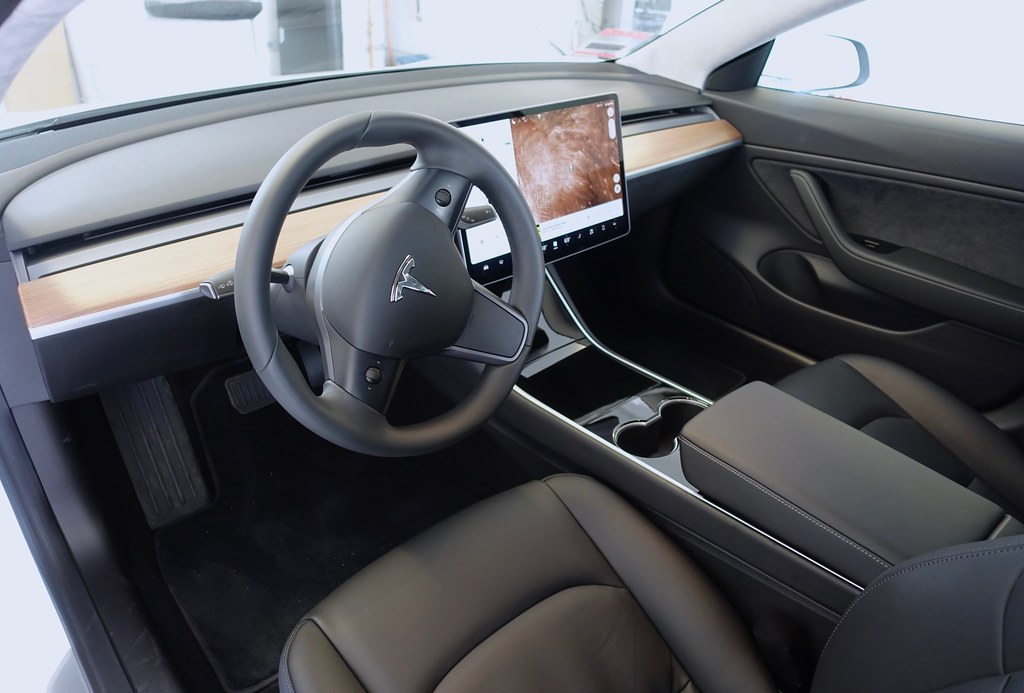
8. **In-Car Wi-Fi**
When in-car Wi-Fi first emerged, it promised a revolution in connectivity, envisioning a world where passengers could enjoy a seamless internet experience on even the longest road trips. The idea was to transform the vehicle into a mobile hotspot, ensuring that everyone remained connected, entertained, and productive, no matter the journey’s length.
However, the real-world performance of these integrated systems often falls considerably short of such lofty expectations. Drivers and passengers alike frequently encounter slow speeds, unreliable connections, and spotty coverage, especially in areas where cellular data might already be weak. This inconsistency quickly undermines the very convenience it aims to provide.
Crucially, the rapid advancement and ubiquity of personal mobile devices have rendered in-car Wi-Fi largely redundant for most users. With modern smartphones offering robust and reliable cellular data connections, along with the flexibility of mobile hotspots, most passengers already have superior internet access at their fingertips. Why pay extra for a built-in system that performs less effectively than the device already in your pocket?
Given the additional cost associated with including and subscribing to in-car Wi-Fi services, it has clearly not become the indispensable feature it was hyped to be. For many, it represents an unnecessary expense, overshadowed by readily available and more efficient alternatives that come at no extra charge or are part of existing mobile data plans.
Read more about: The Digital Black Box: Unpacking How Your Car Collects and Sells Your Most Intimate Data
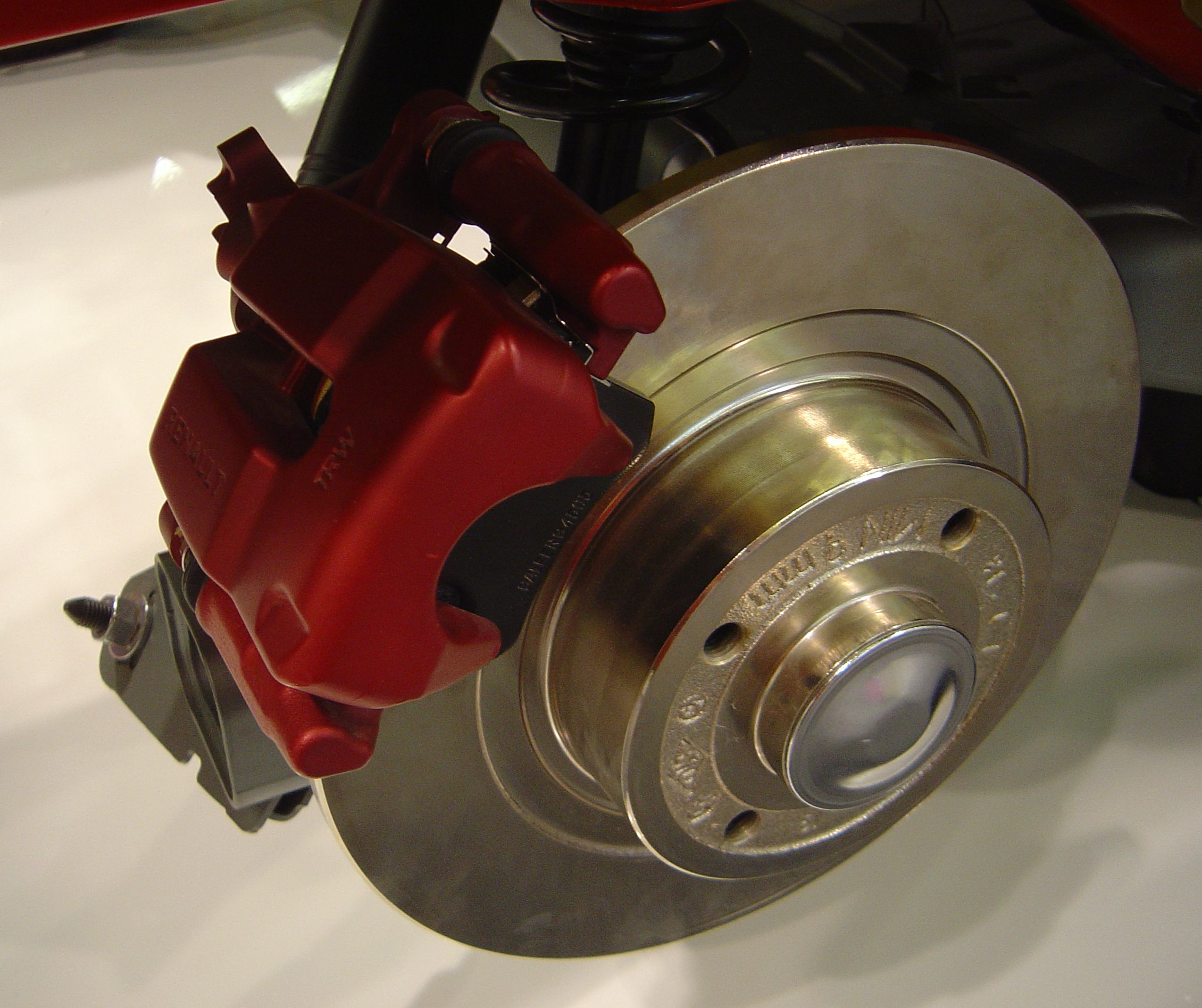
9. **Electronic Parking Brake**
The shift from a traditional, tactile handbrake to an electronic parking brake often appears, on the surface, to be a modern advancement designed for convenience and a cleaner interior aesthetic. The push-button activation seems simpler, eliminating the need for a physical lever and potentially freeing up console space. In theory, this streamlined approach should represent progress.
Yet, this seemingly simple technological upgrade often complicates what was once a straightforward mechanical task. In emergency situations, the instantaneous, tactile response and direct control offered by a manual handbrake provide a level of driver feedback and confidence that an electronic button simply cannot match. The physical engagement of a manual brake offers a crucial sense of direct intervention that can be vital in critical moments.
Furthermore, the increased complexity of electronic systems introduces new points of failure and higher maintenance demands. While manual handbrake systems are known for their robust reliability and minimal service requirements, electronic parking brakes are susceptible to malfunctions, wiring issues, or sensor problems. These electronic failures can leave drivers in precarious situations, unable to engage or disengage the brake, proving the feature to be “more trouble than they’re worth.”
Many drivers find the electronic parking brake to be more of a nuisance than a convenience, particularly when it accidentally engages or becomes unresponsive due to an electronic glitch or a low battery. This potential for frustrating and even critical malfunctions reinforces the preference for the proven reliability and simplicity of the traditional handbrake, ultimately deeming the electronic version “unnecessary” for many.
Read more about: Navigating the 2025 SUV Landscape: Kelley Blue Book’s Expert Guide to the Best Two-Row Models for Suburban Families

10. **Night Vision Assist**
Night vision assist systems were developed with a clear objective: to significantly enhance driver visibility in challenging low-light conditions, extending beyond the reach of conventional headlights. By utilizing infrared technology, these systems project a monochrome or enhanced image onto the dashboard or head-up display, aiming to reveal obstacles, pedestrians, or animals that might otherwise remain unseen in the dark.
However, the practical application and utility of night vision assist have proven to be severely limited in everyday driving. The system’s effective range is often quite short, meaning it only provides a clear view of objects already within or just beyond the reach of standard high beams. This limited scope reduces its unique advantage, especially at higher speeds where a longer detection range would be truly beneficial.
Moreover, the information presented by these systems often falls short of being critically useful for immediate driving decisions. Drivers typically find that “regular headlights and high beams typically suffice for most driving needs,” providing adequate illumination and awareness without the need to constantly monitor an additional, often small, screen. Processing the supplementary visual data from the night vision display can even add to cognitive load.
Consequently, night vision assist remains an expensive feature with questionable practical value for the average motorist. While the technology is impressive, its current limitations mean that the benefits rarely justify the considerable cost, making it a “pointless” luxury for many who find their standard lighting sufficient and more intuitive for navigating the roads at night.
Read more about: The Digital Black Box: Unpacking How Your Car Collects and Sells Your Most Intimate Data
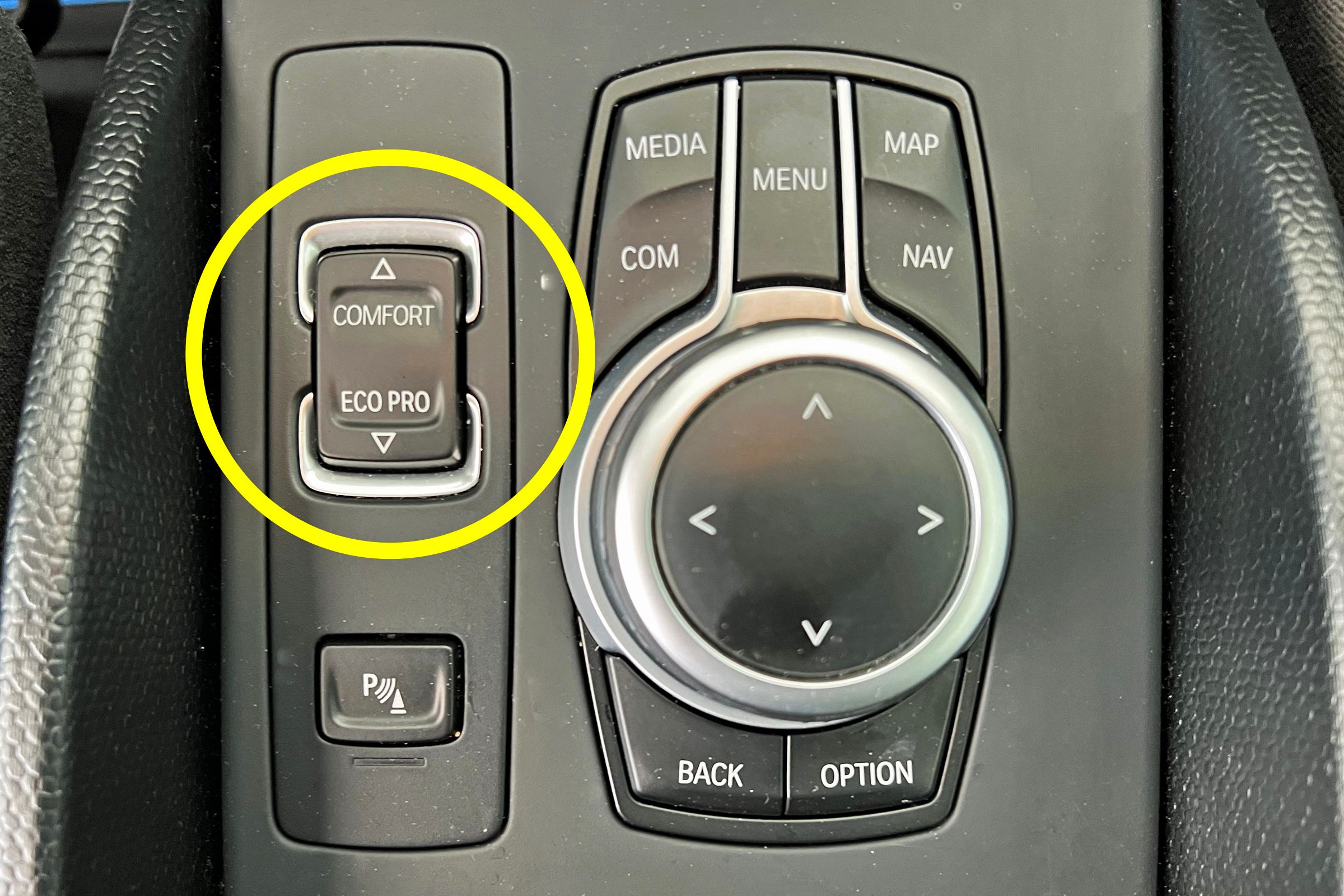
11. **Eco Driving Modes**
Automakers introduced ‘Eco Driving Modes’ with the laudable intention of helping drivers achieve better fuel efficiency and reduce their environmental footprint. These modes typically work by altering throttle response, adjusting transmission shift points, and modifying climate control settings to prioritize economy over performance. The promise is clear: save fuel with the push of a button.
Yet, in the pursuit of marginal fuel savings, many drivers discover that the performance trade-off associated with eco modes is simply not worth the compromise. The reduced throttle responsiveness and often sluggish acceleration can make driving a frustrating experience, particularly in dynamic situations like merging onto a highway or executing an overtake in city traffic. The car feels underpowered and unresponsive.
This deliberate dampening of performance significantly detracts from the driving experience, turning routine maneuvers into exercises in patience. Instead of feeling optimized, the vehicle in eco mode can feel hesitant and unengaging, prompting drivers to quickly revert to standard settings for a more immediate and predictable response. The feeling of fighting the car’s own programming often outweighs the perceived benefit of saving a few cents at the pump.
As a direct result of these frustrations, most drivers ultimately choose to bypass eco mode altogether, opting for the more balanced ‘Normal’ or ‘Sport’ settings that offer a more enjoyable and predictable drive. This widespread preference renders the eco mode largely irrelevant for daily use, transforming an intended efficiency feature into a “worthless” option that sees little real-world activation by car owners.
Read more about: The Digital Black Box: Unpacking How Your Car Collects and Sells Your Most Intimate Data
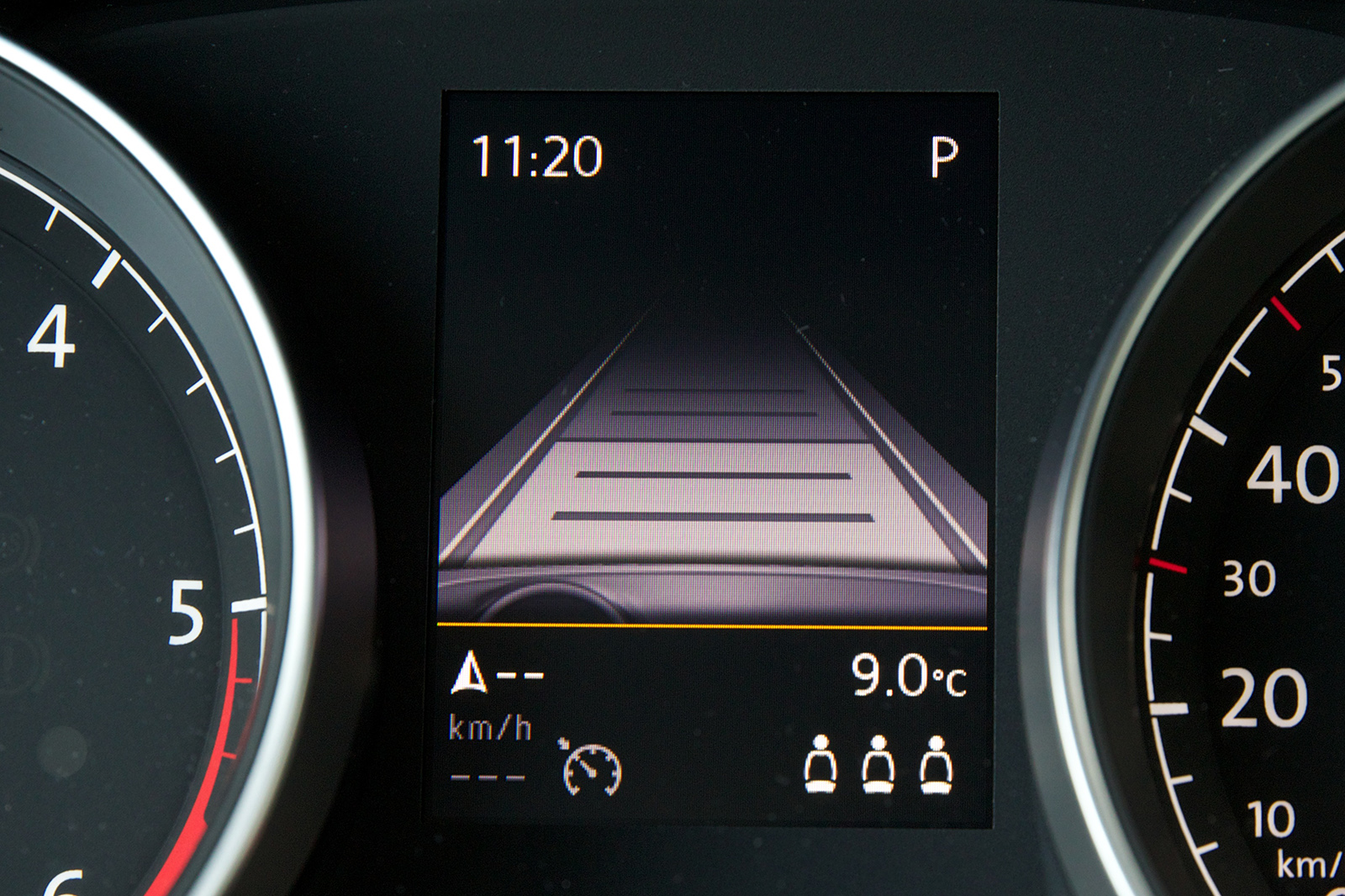
12. **Adaptive Cruise Control**
Adaptive cruise control (ACC) was designed as a sophisticated upgrade to traditional cruise control, offering the convenience of automatically adjusting vehicle speed to maintain a safe following distance from the car ahead. The system uses radar or lidar sensors to detect traffic, promising a more relaxed and less fatiguing driving experience, particularly on highways or in moderate traffic flow. It’s a cornerstone of modern driver assistance.
However, the system’s real-world behavior often proves to be a source of frustration, particularly in varied driving conditions. ACC tends to “overreact, especially in stop-and-go situations,” leading to sudden, abrupt braking when a car ahead slows down, and then slow, hesitant acceleration once traffic clears. This jerky, inconsistent operation can make for an uncomfortable and unsettling ride for occupants.
These unpredictable responses frequently prompt drivers to disengage the adaptive system and take back manual control. Instead of feeling a seamless partnership with the technology, drivers often find themselves anticipating and correcting the system’s inputs, negating the intended benefit of reduced driver workload. The promise of a smooth, autonomous assist is often undermined by its practical shortcomings in real-world traffic.
While adaptive cruise control generally performs better on open highways with consistent speeds, its limitations and often clumsy operation in city traffic or heavy congestion prevent it from becoming a universally embraced feature. For many, the preferred choice remains manual control, highlighting that even advanced technologies, when imperfectly implemented, can fail to surpass the reliability and nuanced control of human input.
Read more about: Navigating the 2025 SUV Landscape: Kelley Blue Book’s Expert Guide to the Best Two-Row Models for Suburban Families

13. **Rain-Sensing Wipers**
Rain-sensing wipers were introduced to automate a mundane driving task, theoretically enhancing convenience and safety by intuitively adjusting their speed based on the intensity of rainfall. Using optical sensors, these wipers are designed to detect moisture on the windshield and activate automatically, freeing the driver from the need to manually adjust wiper speed during fluctuating weather conditions.
In practice, however, these systems frequently fall short of reliable performance, often misjudging conditions. Light drizzle or mist can confuse the sensors, leading to either excessive wiping on a barely damp windshield or, conversely, a frustrating delay in activation when rain suddenly intensifies. This inconsistent behavior can quickly become more annoying than helpful.
Drivers often find themselves needing to manually intervene and override the automatic settings because the system fails to provide optimal visibility. The very purpose of automation – to simplify a task – is defeated when constant manual adjustments are still required. This lack of reliability makes the feature feel more like a gimmick than a genuine convenience, undermining trust in the technology.
Ultimately, the traditional wiper controls, which offer immediate and predictable command over wiper speed, remain the preferred and most reliable choice for the majority of drivers. The unreliability and occasional over-eagerness of rain-sensing wipers mean they are often viewed as a superfluous addition, rather than a truly indispensable safety or convenience feature, leaving many owners to simply switch them off.
Read more about: 2025 Honda Odyssey: An In-Depth Consumer Report on Why It Still Reigns for Families
14. **Customizable Ambient Lighting**
Customizable ambient lighting, a feature increasingly found in luxury vehicles, allows drivers to personalize the car’s interior with a spectrum of colors and adjustable light intensities. Marketed as a way to enhance the cabin’s aesthetic and mood, it aims to offer a personalized touch and a sense of modern sophistication, transforming the driving environment into a bespoke space.
However, the appeal of this feature is almost entirely superficial, offering no tangible functional advantage to the actual driving experience. While it might initially impress passengers or provide a fleeting sense of novelty, its contribution to safety, convenience, or performance is virtually non-existent. It exists purely for aesthetic indulgence.
Moreover, what starts as an interesting customization often fades into irrelevance. After the initial novelty wears off, most drivers tend to settle on a single color setting or simply ignore the feature altogether. The effort to constantly change ambient lighting settings becomes another minor, easily forgotten control in a car already brimming with digital options, rendering it largely unused.
Beyond its lack of functional utility, the presence of customizable interior lighting can even introduce potential distractions or, in certain conditions, reduce outward visibility. Driving with brightly lit interiors can diminish a driver’s ability to see clearly outside the vehicle, posing potential risks. Ultimately, this aesthetic addition represents an unnecessary expense that adds little to the core driving experience, highlighting how some luxury features are truly just for show.
Read more about: Beyond Expectations: How the 2025 Kia Telluride Redefines Value and Challenges Luxury SUV Standards
As we’ve seen, the automotive industry’s relentless pursuit of innovation, while often leading to genuine advancements in safety and performance, also produces a significant number of features that prove to be little more than costly “gimmicks.” From advanced driver aids that overcomplicate simple tasks to luxury amenities that offer fleeting novelty but no real utility, many of these high-tech additions end up being unused, turned off, or outright regretted by owners. Before you tick off every option box on your next car purchase, consider whether that cutting-edge feature truly enhances your driving experience, or if it’s destined to join the growing list of technological aspirations that simply don’t deliver in the real world.


